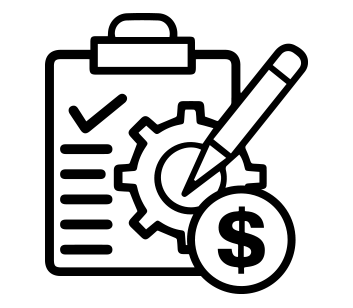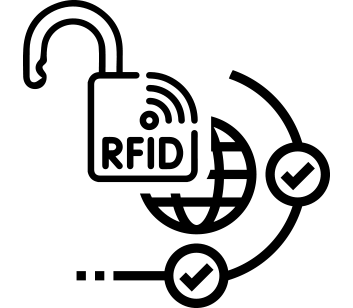Smart inventory management, automated restocking, and cost-effective procurement to boost productivity and ensure seamless operations
Benefits
Inventory Management
→ Automated Replenishment
→ Real-Time Inventory Viewing and Planning Based on Historical Data
→ Turnover Rate Measurement Ensures Optimal Stock Levels

Finance
→ Automated Cost Allocation to the Correct Project and Personnel
→ Option for Monthly Consolidated Invoices
→ TESS Owns Deferred Inventory, Freeing Up Company Capital

Access Management
→ Grant Access to the Right Employees
→ Share Access with Subcontractors and Partners
→ 24/7 Access to Products

Environment
→ Fewer Transports
→ Reduced Waste
→ Option for Emission-Free Deliveries
|
Scalable Solutions
|
|
|
|
|
PartnerShop
A fully equipped service center at the customer’s location. Provides access to a complete product range and dedicated technical personnel. Can be combined with TESSgate for 24/7 access. |
Asset Control
-
Keep track of equipment throughout its entire lifecycle
-
Set up maintenance plans based on warranties, agreements, and service intervals
-
Track equipment with barcodes or RFID tags for quick check-in and check-out
-
Assign equipment to specific employees for better organization and accountability
-
Manage equipment from a web browser or mobile app
Want to Know More About What We Offer?

Kim Hagen
Sales Director IF
930 98 900
Send email

Roar Kleven
Sales Director IF
905 64 156
Send email

Atle Hjelm-Pedersen
Project Manager IF
934 33 736
Send email
How Does RFID Work?
An RFID reader transmits radio frequency (RF) signals via an antenna. The antenna emits RF energy, which is absorbed by the RFID tag attached to the product. The tag uses the absorbed energy to return data from its embedded chip. The returned RF signal (EPC data) is captured by the reader's antenna and decoded by the reader. A connected system then receives the decoded EPC data. |
We are integrated with the following systems
Loading image... Loading image... Loading image... Loading image... Loading image... Loading image... Loading image... Loading image... Loading image...

